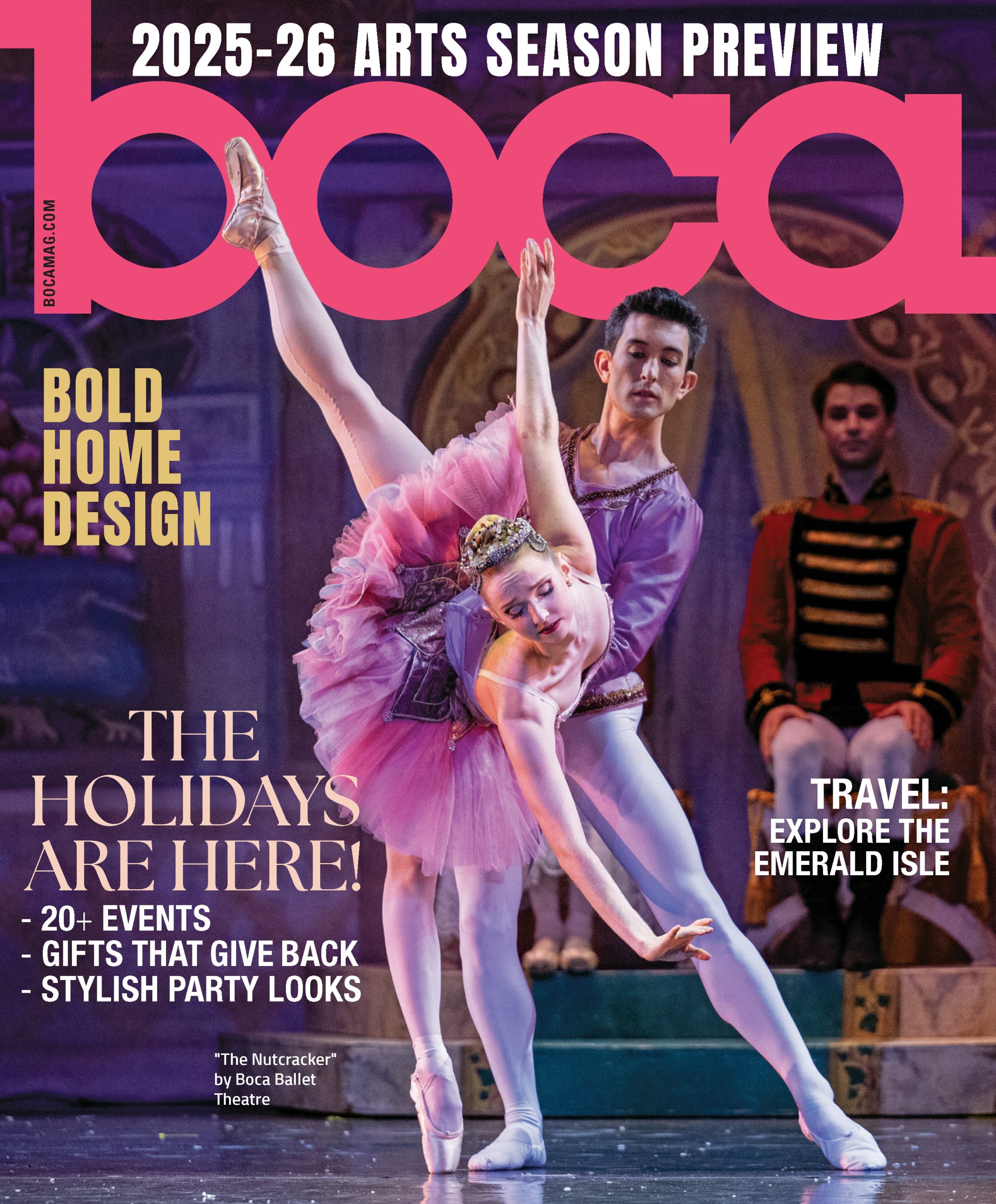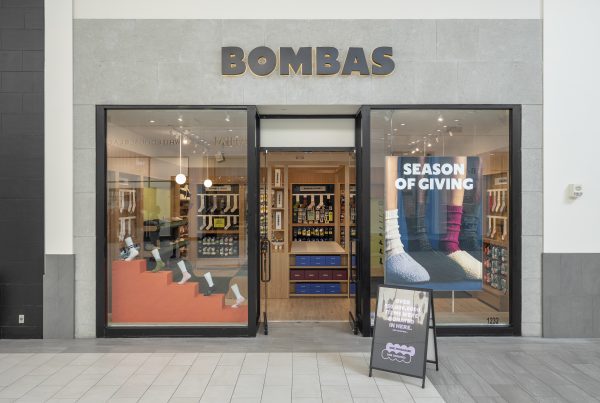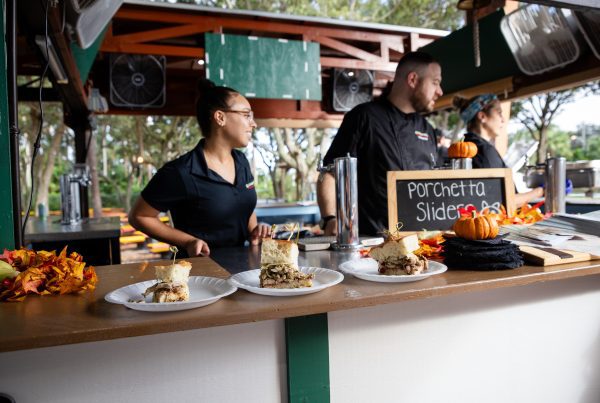I’ve been reviewing art exhibitions professionally for the past 13 years, but I’ve never encountered anything like Ian Witlen’s “Anguish in the Aftermath: Examining a Mass Shooting.”
At first, I approached the show as I would any other, taking fastidious notes on the individual portraits—51 in total—that fill the gallery at the Coral Springs Museum. But at some point, after about the 20th black-and-white image of a teenager or parent and teacher gazing downward or rubbing away tears while recalling the worst day of their lives, I mostly stopped writing. “Anguish in the Aftermath” isn’t meant to be critiqued as one would an average art exhibition, because it is certainly not that. It’s more visceral than cerebral, more experiential than passive. It’s a singular journey for each participant, and a collective one for a wounded but transcendent community.
First, some backstory: Witlen, a photographer with copious national credits, is also a graduate of Marjory Stoneman Douglas High School, so this project literally hit close to home. Over the course of a year, he interviewed more than 75 students and teachers who were at the school on Feb. 14, 2018, posing two questions: “What was your experience that day?” and “What would you like to see come out of it?” He photographed them in a studio setting while they answered.
The responses of each participant are inscribed on wall text next to each portrait, but because Witlen recorded the conversations, spectators can also choose to listen directly to the speakers through a device available at the front desk. This adds to the harrowing gravitas of the exhibition. It’s one thing to read an account of someone sidestepping a pile of blood or hearing the shooter’s magazine clip making a pingsound just outside of their classroom door. It’s another to hear them recount it, delivered with quivering lips or stirring verisimilitude or journalistic sobriety.
There are gasp-inducing moments accompanying nearly every image, even for South Floridians who have been following the massacre since it happened. It’s a challenge even for those personally unaffected by the shooting to make it through the exhibit dry-eyed, so I can’t imagine how it is for the survivors to see it. (The museum supplies tissues at podiums throughout the gallery, and a meditation space at the end to calm spectators’ anxiety.)
For example, Fred Guttenberg, one of the handful of grieving fathers who has mobilized an activist movement in the wake of the tragedy, discusses the “one single shot” through the spinal cord of his dauhter Jaime, adding “I hope she died instantly” as opposed to suffering for a longer stretch. Brandon Dasent talks about the Snapchats he received showing slain classmates—images that would never be presented in any media outlet. Debra Jacobson likens the shooter’s presence just outside her classroom to “Darth Vader, like he was breathing through this mask.” Together, everybody paints a fractured picture of a school in absolute terror and chaos, where the consensus, as captured by Felicia Burgen, felt “baffled, shocked and numb.”

Witlen’s photographs tend to be as stark and unforgettable as the testimonials. They are the faces of grief and trauma in high-definition, honest and raw. Yet it’s worth noting that most of the portraits display MSD pride, through the clothing and wristbands and other accoutrements the subjects wore to the shoot, suggesting that this is a school, and a community, that’s not easily defeated, and has risen from the ashes with a newfound unity.
One could make an argument, I suppose, that Witlen is an exploitative photographer re-traumatizing a community for his art. But I believe his intentions are nobler than that. While the descriptions of students escaping the carnage at their school does tend to have a numbing effect after a couple dozen accounts—I frankly would have wanted more excerpts from the second question, “What would you like to see come of this?”, to strike a stronger balance—the show is a painful extension of the #NeverAgain hashtag, a realization that events like the MSD shooting need to be memorialized.
Contrary to a more self-serving reading of the work, I think “Anguish in the Aftermath” is, like a Holocaust museum, a necessary reminder of man’s inhumanity to man. It deserves a degree of permanence that a two-month exhibition cannot allow. It deserves a nationwide tour.
“Anguish in the Aftermath” runs through Nov. 9 at Coral Springs Museum, 2855A Coral Springs Drive, Coral Springs. Admission costs $3-$6. Call 954/340-5000 or visit coralspringsmuseum.org.







